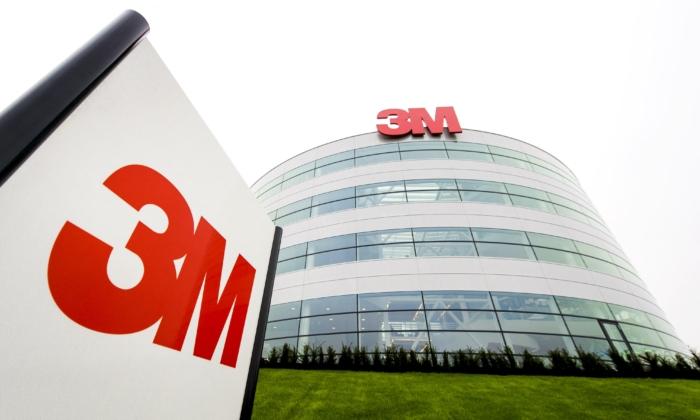Chemical manufacturer 3M has agreed to significant changes in a revised settlement proposal with several U.S. public drinking water systems that would resolve allegations of contamination by “forever chemicals,” with the new settlement terms including paying billions of dollars more than previously agreed.
The invisible man-made chemicals that are the subject of the settlement are called per- and poly-fluoroalkyl substances (PFAS), which are known for their resistance to grease, oil, water, and heat. They are colloquially referred to as “forever chemicals" because they don’t easily break down in the human body or the environment.
More Details
According to an Aug. 28 filing (pdf) with the U.S. District Court for the District of South Carolina in 3M’s ongoing class action product liability litigation, the company has agreed to a number of key changes to its prior settlement agreement—including bringing the total payout from $10.5 billion up to a maximum of $12.5 billion.“Critically, the settlement contained provisions that would have required water providers to assume future liability, potentially leaving taxpayers to cover the costs of damages caused by 3M’s pollution,” the New York AG’s office said in a statement.
Removal of the uncapped indemnity in favor of 3M significantly increases the value of the settlement for water systems, which have 90 days to review the terms and decide whether they want to opt-out.
Also, claims by states and the federal government have been removed from the new settlement agreement, allowing for additional future action and settlements against 3M.
Under the new agreement terms, 3M does not admit to any wrongdoing or liability.
“3M, while continuing to deny any violation, wrongdoing, or liability with respect to any and all Claims asserted or that could be asserted in the Litigation, either on its part or on the part of any of the Released Parties, and while continuing to specifically deny and dispute the scientific, medical, factual, and other bases asserted in support of those Claims, has nevertheless concluded that it will enter into this Settlement Agreement in order to, among other things, avoid the expense, inconvenience, risks, uncertainties, and distraction of further litigation,” the new proposed settlement reads.
New York AG Letitia James said that, with the revised settlement, she and the other 20-plus attorneys general have agreed to withdraw their objection to the agreement with 3M.
“Corporate polluters like 3M should not be able to duck responsibility for contaminating our waters with toxic ‘forever chemicals’ that have caused devastating health problems,” Ms. James said. “This new agreement will ensure 3M is held accountable and I will continue to use the full force of my office to fight for New Yorkers’ right to clean drinking water.”
A 3M spokesperson told The Epoch Times in an emailed statement that the company is “pleased to have worked with the state attorneys general to clarify the public water suppliers (PWS) agreement. This agreement will benefit U.S.-based public water systems nationwide that provide drinking water to a vast majority of Americans without the need for further litigation by or on behalf of public water systems.”

Other Claims
3M still faces thousands of lawsuits alleging PFAS contamination that were not part of the latest settlement. Among the lawsuits are those filed by people with personal injury and property damage claims. Some states have also filed lawsuits citing damages to natural resources such as rivers and lakes.The U.S. Environmental Protection Agency (EPA) has called PFAS an “urgent public health and environmental issue.” In recent years, the agency has taken several steps to tighten regulations for PFAS, and in March, it announced the first-ever national drinking water standards for six of the PFAS chemicals.
Earlier this month, three other major chemicals companies—Chemours Co., DuPont de Nemours Inc., and Corteva Inc.—announced they had reached an agreement in principle for about $1.18 billion to resolve allegations from about 300 drinking water providers that the companies had polluted many U.S. public drinking water systems with PFAS.







